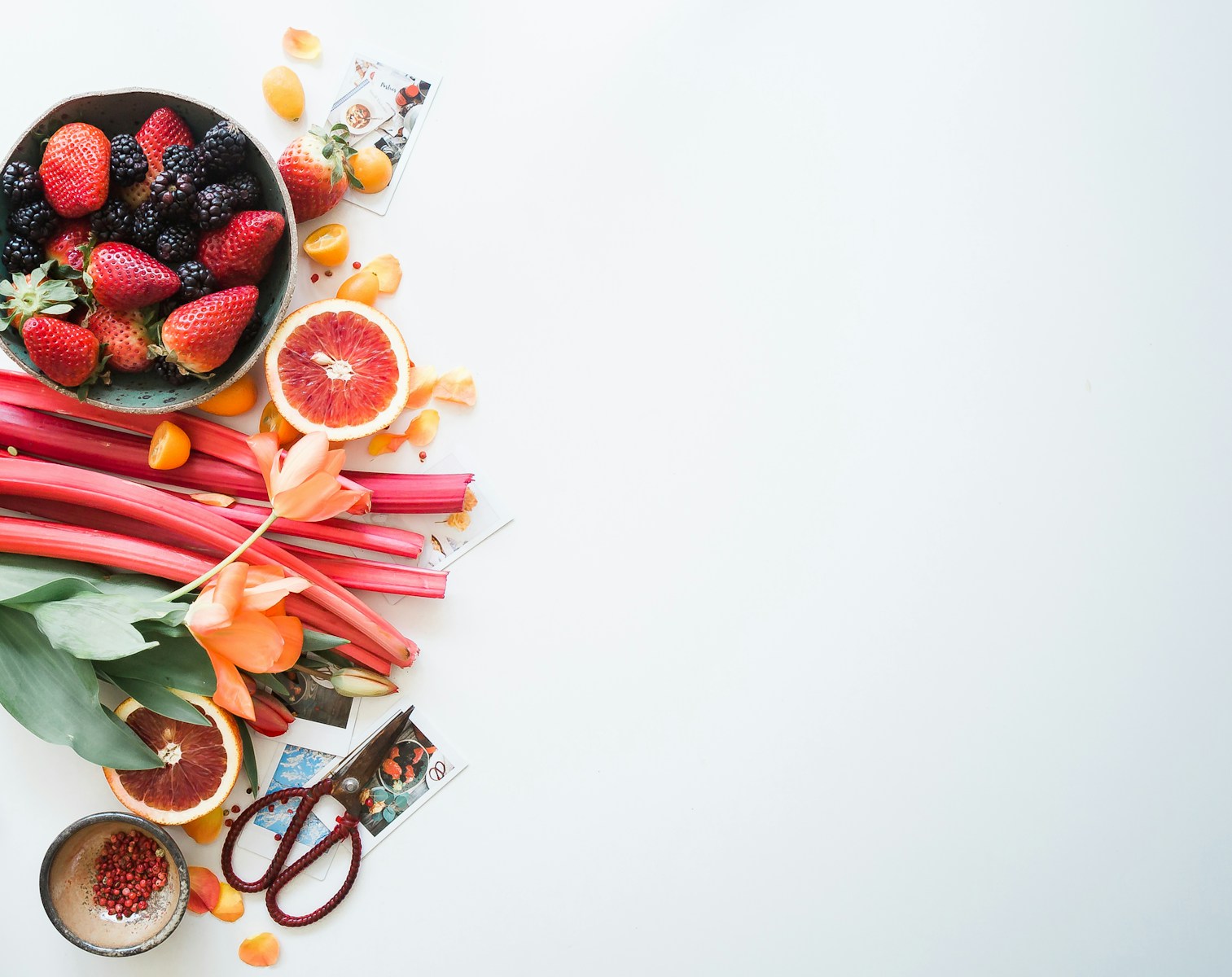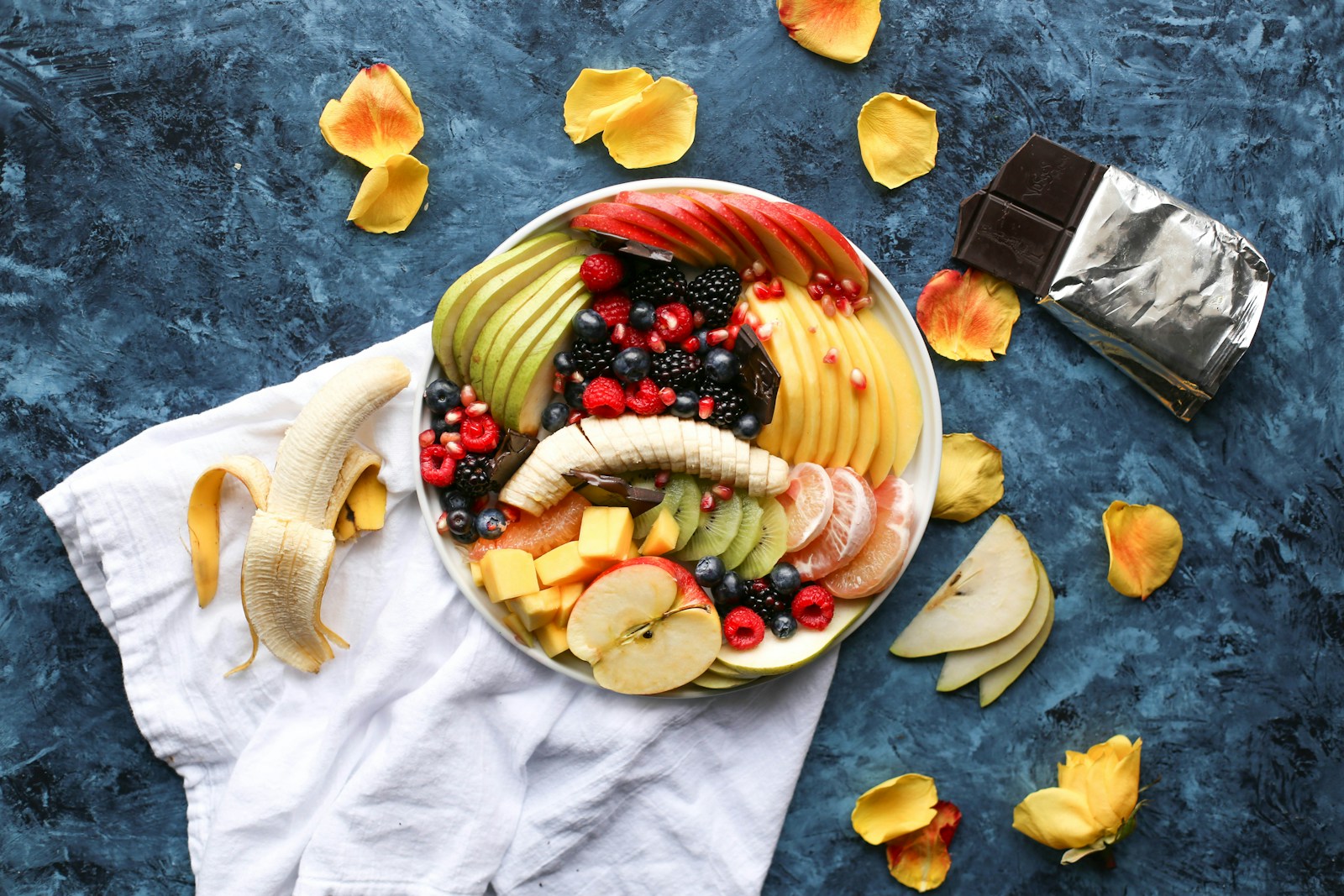
If you’re endeavoring towards healthier eating habits or weight loss, you might find yourself in a maze of calorie counts and nutritional values. What does a 1,500-calorie day look like? How do you manage your meals within this limit? In this guide, we’ll unravel the mystery around a 1,500-calorie day and offer you a blueprint to navigate your diet effectively.
Setting Your Daily Calorie Goal
The first step towards a healthier diet is to determine your daily calorie target. The 2020–2025 Dietary Guidelines for Americans suggest that adult females require between 1,600 and 2,000 calories, while adult males need between 2,000 and 2,400 calories per day. However, you can create a calorie deficit for weight loss by following a 1,500- to 1,800-calorie diet.
To calculate your daily calorie goal, you can use the following simple calculation:
- Multiply your current weight by 12 to estimate how many calories you need each day to maintain your current weight.
- To lose 1 pound/week, subtract 500 calories/day from your maintenance calorie count.
- To lose 2 pounds/week, subtract 1,000 calories/day.
Please note that these figures are starting points and will need to be adjusted based on your activity level, health status, and progress towards your weight loss goal.
Planning Your Breakfast
Kick-start your day with a breakfast that falls within the 300-350 calorie range.
Example Breakfast:
- Avocado and Arugula Omelet, a delicious and nutritious dish packed with healthy fats and proteins (344 calories)
- A cup of green tea, a low-calorie beverage with numerous health benefits (2 calories)
Total Breakfast Calories: 346
Navigating Your Morning Snack
To keep your energy levels steady, consider a morning snack of around 100 calories. For instance, you can have a medium apple, sliced and sprinkled with cinnamon, which is approximately 95 calories.
Crafting Your Lunch
Your lunch should be in the 350-400 calorie range to ensure you have energy for the rest of your day.
Example Lunch:
- Roasted Veggie Mason Jar Salad, a colorful and filling salad packed with a variety of vegetables (400 calories)
Total Lunch Calories: 400
Choosing Your Afternoon Snack
An afternoon snack can help to curb your hunger before dinner. Aim for a snack that contains about 100-150 calories.
Example Snack:
- 1 cup of cucumber slices (16 calories)
- 1 medium carrot, cut into sticks (25 calories)
- 1/4 cup of hummus, a healthy and satisfying dip (104 calories)
Total Snack Calories: 145
Designing Your Dinner
Your dinner should ideally fall within the 425-525 calorie range.
Example Dinner:
- Zucchini Noodles with Avocado Pesto & Shrimp, a low-carb dish full of flavors (447 calories)
- 2 cups of mixed greens, a low-calorie but nutrient-rich side (18 calories)
- A homemade dressing made from 1 tsp. olive oil, 1 tsp. Dijon mustard, 2 tsp. red-wine vinegar, and a pinch each of salt and pepper (49 calories)
Total Dinner Calories: 514
The Final Tally
When you add up all the meals and snacks, your daily total should be around 1,500 calories. This calorie count is suitable for most people intending to lose weight. However, it’s essential to remain flexible and adjust your calorie intake based on your hunger cues and how you feel throughout the day.
Concluding Thoughts
Maintaining a 1,500-calorie diet doesn’t mean you have to be constantly hungry or eat boring, tasteless food. Listen to your body’s needs and adjust your diet accordingly. Remember, weight loss is not an end in itself; it’s about adopting healthier habits that contribute to long-term wellness.
We hope this guide provides a clearer picture of what a 1,500-calorie day looks like and helps you make more informed choices about your diet. Happy healthy eating!
Further Reading
For more information on healthy eating and weight loss, check out the following resources:



